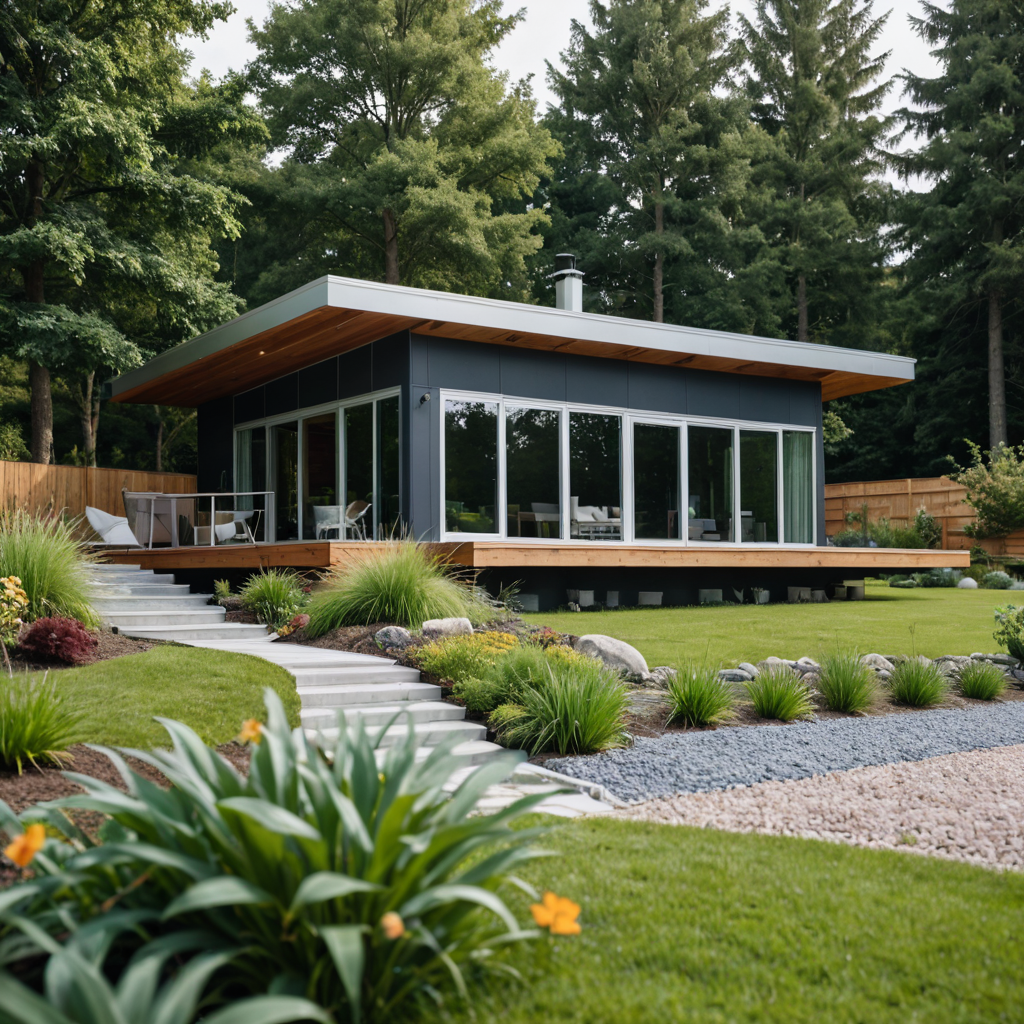
In an era of increasing environmental awareness and sustainability, the construction industry is embracing eco-friendly building materials that promote energy efficiency, reduce carbon footprint, and minimize environmental impact. From renewable resources to recycled materials, there is a wide range of eco-friendly building materials available for architects, builders, and property owners seeking to create sustainable and environmentally responsible structures. In this article, we will explore various types of eco-friendly building materials that are revolutionizing the construction industry and contributing to a greener built environment.
1. Bamboo: Bamboo is a rapidly renewable resource that has gained popularity as a sustainable building material due to its fast growth rate, strength, and versatility. Bamboo can be used for flooring, structural elements, cladding, and finishes, offering a durable and eco-friendly alternative to traditional hardwoods. With its natural beauty, low embodied energy, and carbon sequestration properties, bamboo is a sustainable choice for green building projects seeking to reduce environmental impact and promote biodiversity.
2. Recycled Steel: Recycled steel is a sustainable building material that offers strength, durability, and recyclability for structural components, framing, and roofing systems. By using recycled steel from scrap metal sources, construction projects can reduce energy consumption, greenhouse gas emissions, and waste generation associated with traditional steel production. Recycled steel is a versatile and eco-friendly option for sustainable construction projects aiming to conserve natural resources and promote circular economy principles.
3. Cork: Cork is a renewable and biodegradable building material derived from the bark of cork oak trees, making it a sustainable choice for flooring, insulation, and acoustic applications. Cork’s natural thermal properties, sound absorption capabilities, and durability make it an eco-friendly alternative to synthetic materials. With its natural resilience, moisture resistance, and low environmental impact, cork is a versatile and sustainable building material that enhances indoor comfort, energy efficiency, and environmental sustainability.
4. Recycled Glass: Recycled glass is a sustainable building material that can be used for countertops, tiles, insulation, and decorative elements in construction projects. By repurposing glass bottles and jars into glass cullet, construction materials can reduce landfill waste, conserve natural resources, and lower energy consumption compared to virgin glass production. Recycled glass offers aesthetic appeal, durability, and environmental benefits, making it a green building material choice for eco-conscious designers and builders seeking to incorporate sustainable elements into their projects.
5. Hempcrete: Hempcrete is a bio-composite building material made from hemp fibers, lime binder, and water, offering thermal insulation, moisture regulation, and carbon sequestration properties for sustainable construction projects. Hempcrete is lightweight, breathable, and non-toxic, providing a natural and energy-efficient alternative to conventional concrete. With its renewable source, low carbon footprint, and sustainable building performance, hempcrete is an eco-friendly material that promotes healthy indoor environments, energy efficiency, and environmental sustainability.
6. Reclaimed Wood: Reclaimed wood is a sustainable building material sourced from salvaged timber, old barns, and industrial structures, offering unique character, history, and environmental benefits for flooring, furniture, and architectural features. By repurposing and upcycling reclaimed wood, construction projects can reduce deforestation, carbon emissions, and waste while adding warmth, charm, and sustainability to interior and exterior spaces. Reclaimed wood is a versatile and eco-friendly material that embodies the principles of circular economy, resource conservation, and sustainable design.
In conclusion, eco-friendly building materials play a vital role in promoting sustainability, energy efficiency, and environmental stewardship in the construction industry. By incorporating renewable resources, recycled materials, and sustainable alternatives into building projects, architects, builders, and property owners can create greener, healthier, and more resilient structures that benefit both occupants and the planet. From bamboo and recycled steel to cork, recycled glass, hempcrete, and reclaimed wood, the diverse range of eco-friendly building materials offers innovative solutions for sustainable construction practices that prioritize environmental responsibility, resource efficiency, and long-term sustainability in shaping the built environment of the future.
Cedar Hill St. Louis Jefferson County Olivette Kirkwood Ballwin Arnold Franklin County St Charles County Fenton High Ridge Dittmer Creve Coeur
